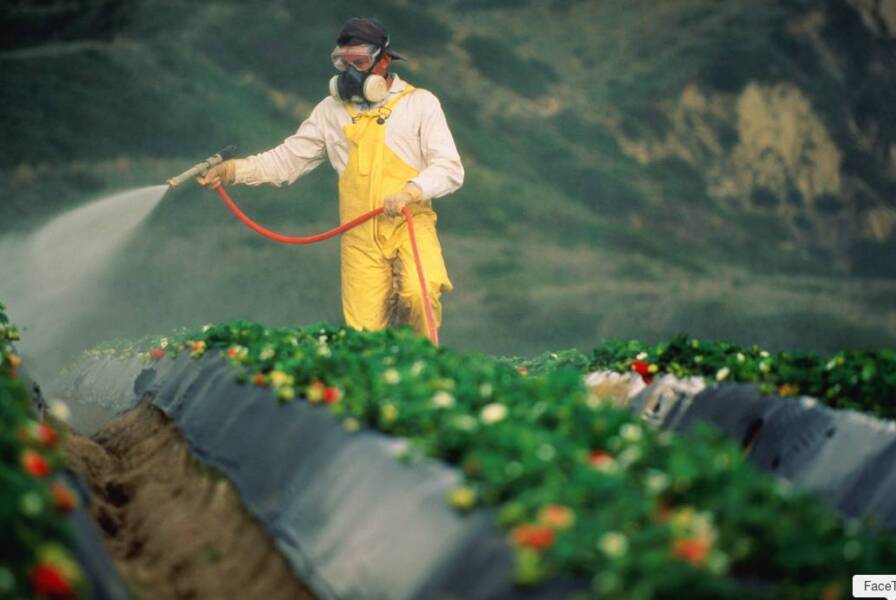Innovation is without doubt one of the most stylish phrases of our occasions. To innovate means to introduce modifications in one thing already established, to originate new strategies, concepts, or merchandise. Innovation although shouldn’t be the identical as invention, because it refers extra to the method of adapting to current concepts or instruments, discovering breakthroughs, and methods to search for the best recombinations.
The XIXth century, for instance, is stuffed with examples of innovators that modified the world to return, with their new concepts and merchandise, that picked upon one thing that already existed and pushed it additional. The Lumiere Brothers, or Thomas Edison, are examples of this. their innovations we are able to see how the objects and applied sciences they got here up with have been recombinations of current concepts and merchandise. That was the case of the sunshine bulb, X-rays, the phonograph and cinema. I
Innovation shouldn’t be solely about merchandise, however the reinvention of social processes similar to social innovation. Social innovation is a novel resolution to a social drawback that’s simpler, environment friendly, sustainable, or simply than present options. The worth created accrues primarily to society relatively than to non-public people.
Innovation, Good or Dangerous?
Governments, companies and society basically are typically in favour of extra innovation, hypnotized by what it has introduced us, significantly within the subject of expertise. The attraction in direction of innovation, can be defined by a perception on progress, the event in direction of an improved or extra superior situation, in direction of a future, which is at all times higher than the previous. The brand new is by default, higher than the previous.
However in actuality, though some improvements have introduced us immense good (like penicillin or cinema or electrical energy), we’ve to return to phrases that others, are unambiguously dangerous. Examples of dangerous improvements could be very excessive (take the instance of focus camps as an innovation for mass extermination) however truly most improvements are ambivalent since they carry good and dangerous to the world. This ambivalence could be higher tackled if one seems at innovation as a social course of. Regarding social innovation, a analysis executed for the Stanford Social Innovation Assessment, highlights with varied examples , how innovation by itself is in no way the holy grail and proposes that it’s time to transfer from innovation as an ideology to innovation as a course of.
Ethics and Innovation
The necessary query is: How can we assess the nice and dangerous facets of the assorted improvements? And the way can ethics assist us doing that? A latest report entitled Good and dangerous innovation: what sort of concept and follow do we have to distinguisih them? written by Geoff Mulgan, and printed by Nesta (2016), the UK company for innovation, provides us on overview on the nice and dangerous facets of innovation, and critiques what sort of concept and follow is required to differentiate these two sides.

Mulgan provides examples of the ambivalence of some improvements we got here to make use of. For instance, pesticides kill parasites but in addition pollute the water provide. One other instance is the appliance of recent surveillance applied sciences to extend office productiveness and security. If it may be useful and efficient on one hand, it might probably originate large quantities of stress and unhappiness within the workforce, and would possibly deprive residents off their privateness.
Mulgan addresses as properly the controversial subject of monetary innovation, which as everyone knows, have destroyed extra worth than they created, at the price of the enrichment of their suppliers. Sadly, regulators and coverage makers failed to differentiate the nice from the dangerous, with very pricey outcomes.
When occupied with ethics and innovation, one has to return to phrases how blind innovation tends to be in tune with the standard strategy to mainstream capitalist market financial system, and its perception that innovation “depart behind much more winners than losers, and that markets are higher in a position to decide applied sciences than bureaucracies or committees.” What is going on on the earth, in difficult this viewpoint. Take the instance of a selected worrying research of the affect of revolutionary applied sciences within the labor market, executed by Erik Brynjolfsson.
Attempting to return to phrases with this concern, some businesses have dedicated themselves to raised distinguishing good from dangerous innovation. The European Fee, for instance, not too long ago promised to again ‘accountable innovation’. They outline accountable innovation as an ‘strategy that anticipates and assesses potential implications and societal expectations… with the purpose to foster the design of inclusive and sustainable analysis and innovation.”
For Mulgan, the definition and the report has a couple of flaws, because it would not present a prototype of a course of for the way that is to be executed. The previous has proven us how conventional disciplines that would have offered a extra rigorous and helpful strategy have largely failed to take action. That’s the case of Economics, who was unable, till now, to search out few coherent or complete strategies for analysing which sorts of innovation are good and that are dangerous. Economics, does tell us although, when shoppers do or don’t need to purchase one thing new, and it evaluation externalities, which may present looking back which improvements generate dangerous outcomes (like air pollution) in addition to advantages (for instance, cheaper merchandise).
Expertise Evaluation
Mulgan asks a vital query:
“How can we, make a fairer evaluation of the position of applied sciences?”
The query would not have a simple reply. The challenges of assessing rising applied sciences are immense, whether or not it’s a brand new nano materials or new medical strategies, similar to new remedies, medical robotics or well being care testing.
A possible supply of strategies is ‘expertise evaluation’, which turned widespread in some locations in latest many years. Governments, buyers, companies and businesses, all ought to contribute for a correct expertise evaluation if applied sciences are moral and bringing good to the world. Mulgan states that a great way to evaluate applied sciences is to search for compatibility with the biblical golden rule: “do unto others what you’d have them do unto you.” In brief, what he requires is nice sense. He says:
“Good improvements are ones that we’d need for ourselves and people we love. Dangerous ones (like lots of the monetary improvements of the Nineties and 2000s) clearly breach the golden rule in that the suppliers wouldn’t need themselves to be shoppers.”
TechnologyHQ is a platform about business insights, tech, 4IR, digital transformation, AI, Blockchain, Cybersecurity, and social media for businesses.
We manage social media groups with more than 200,000 members with almost 100% engagement.












































